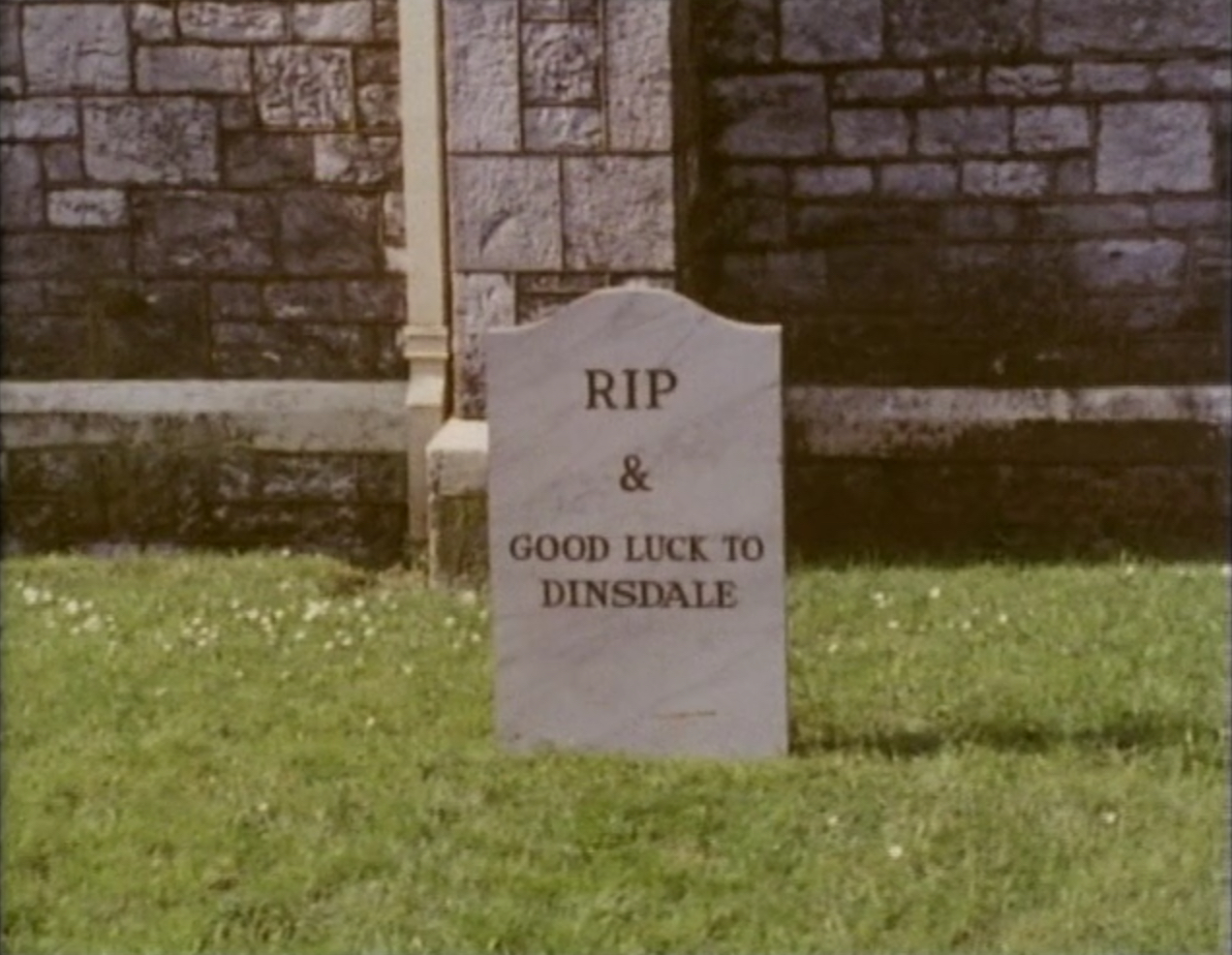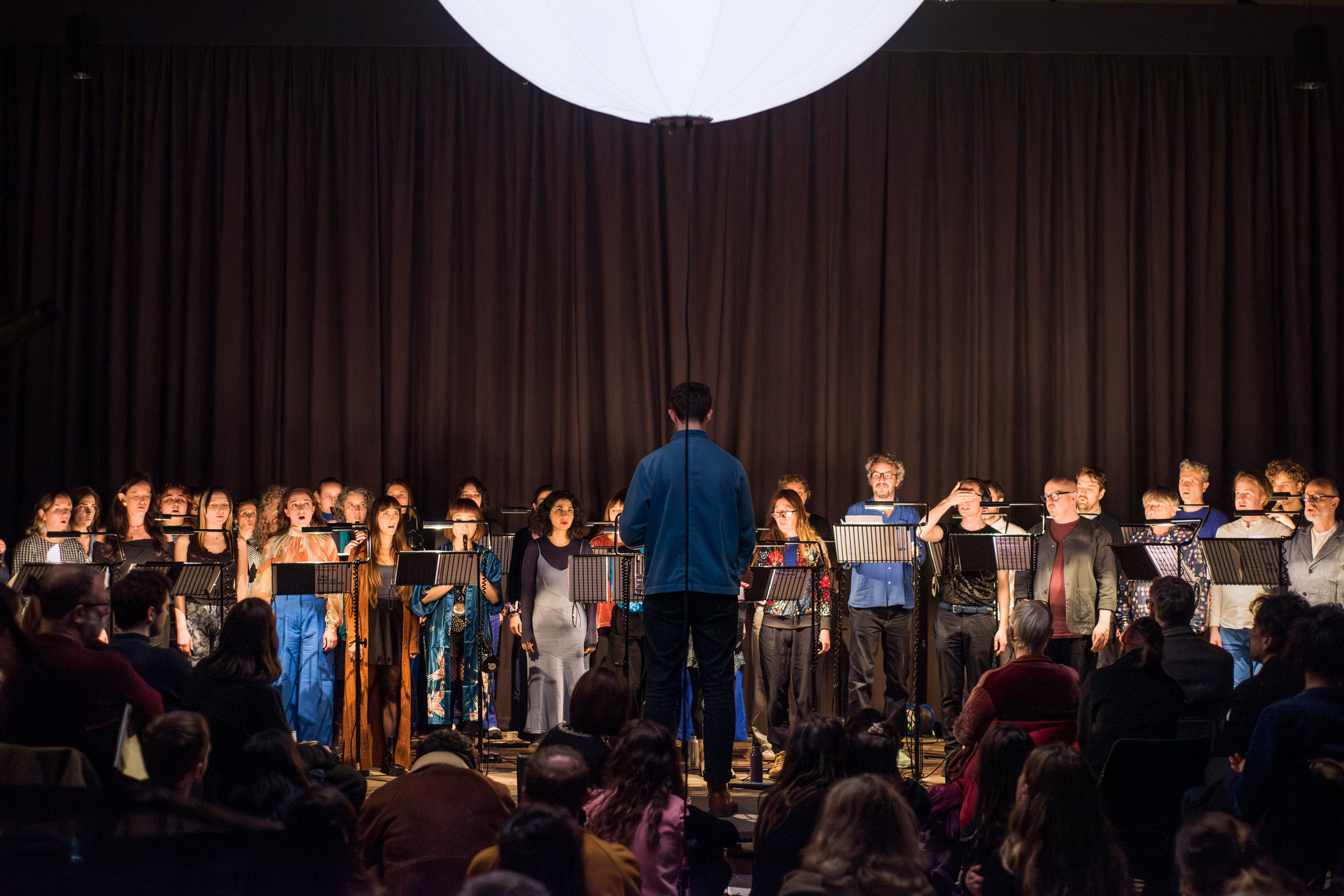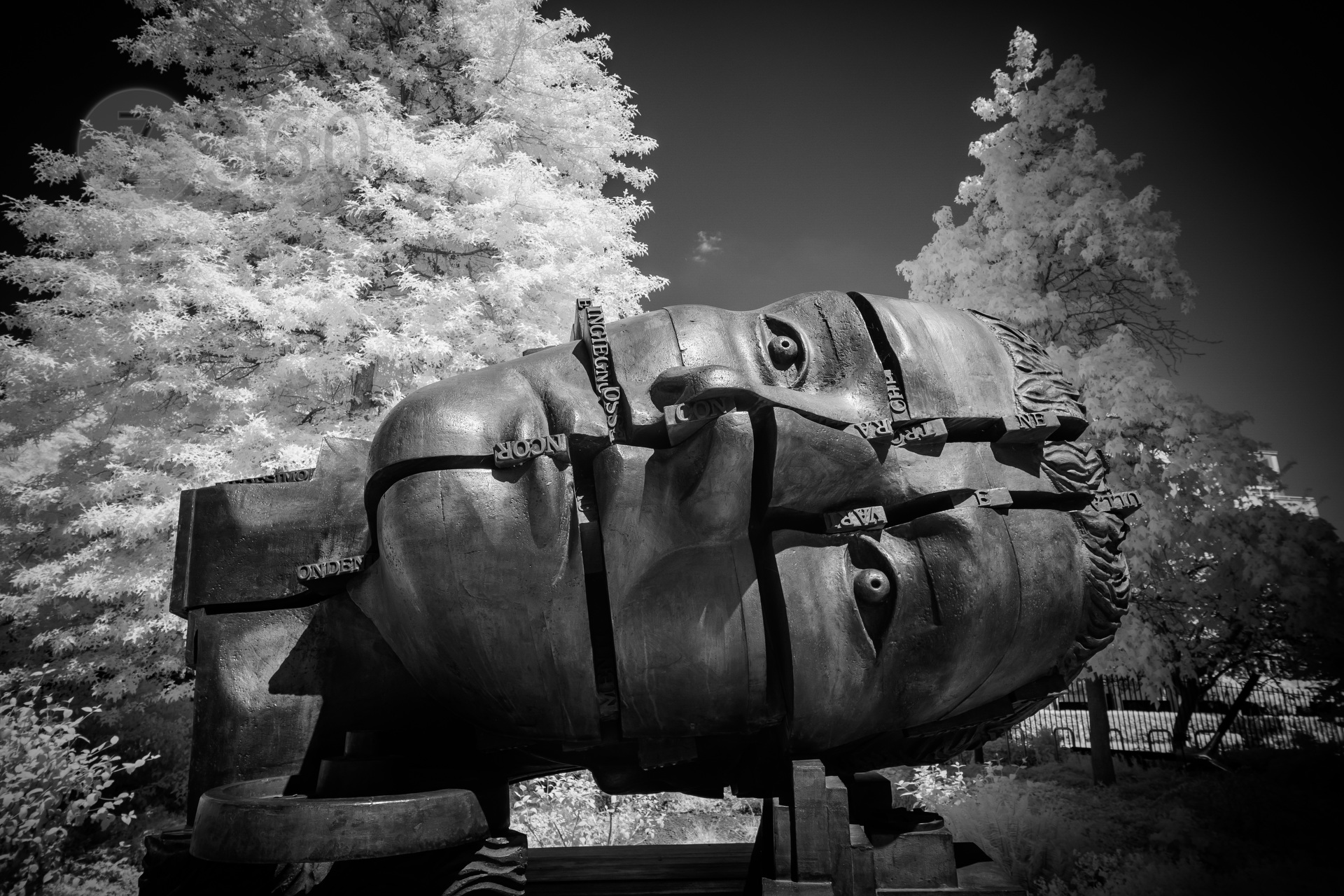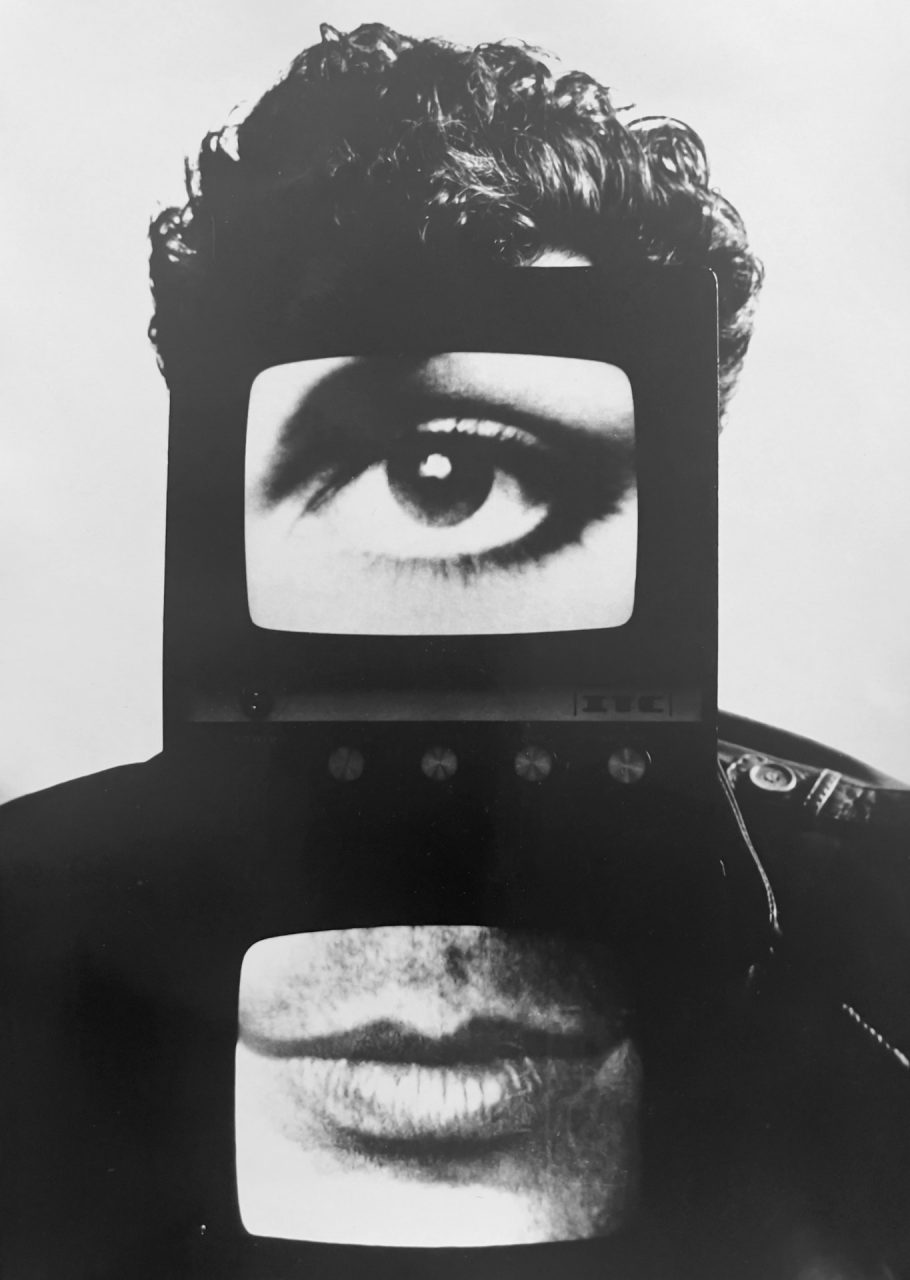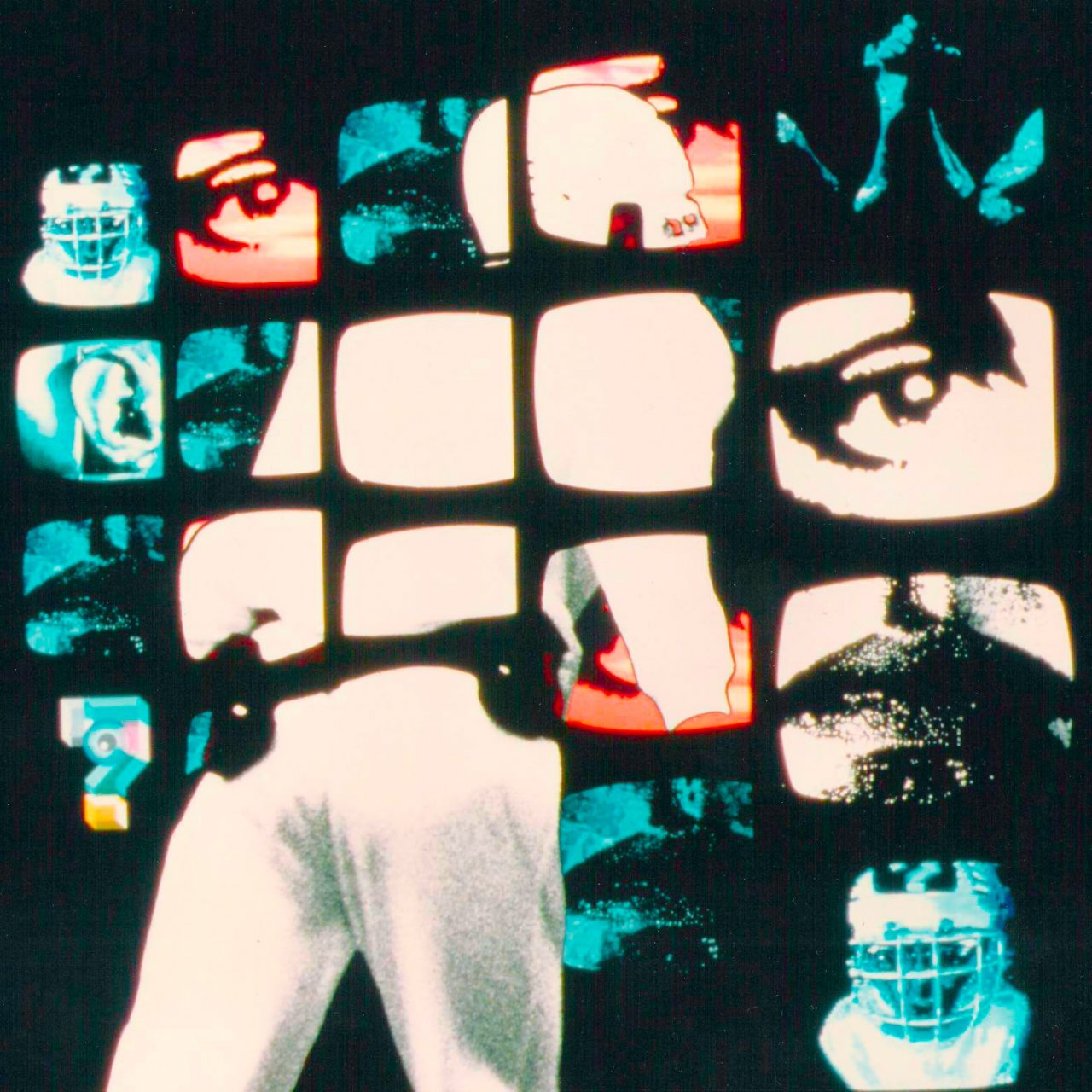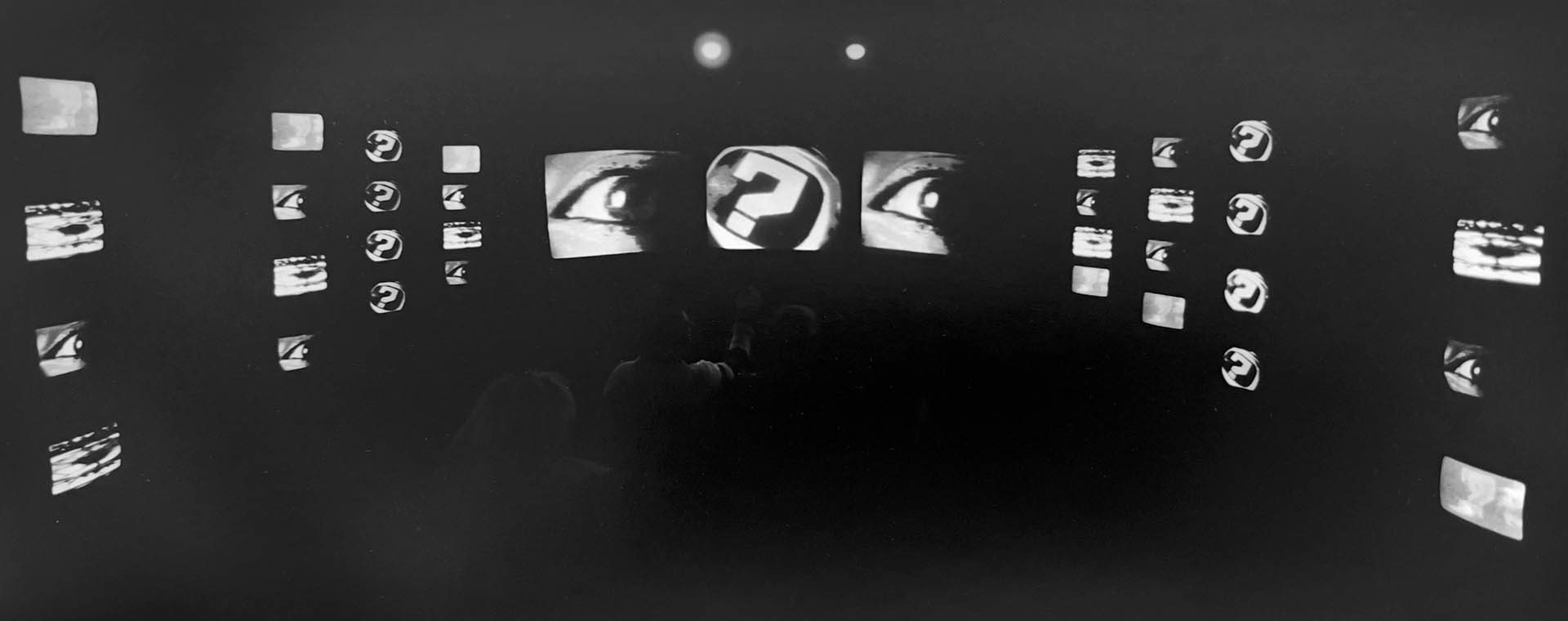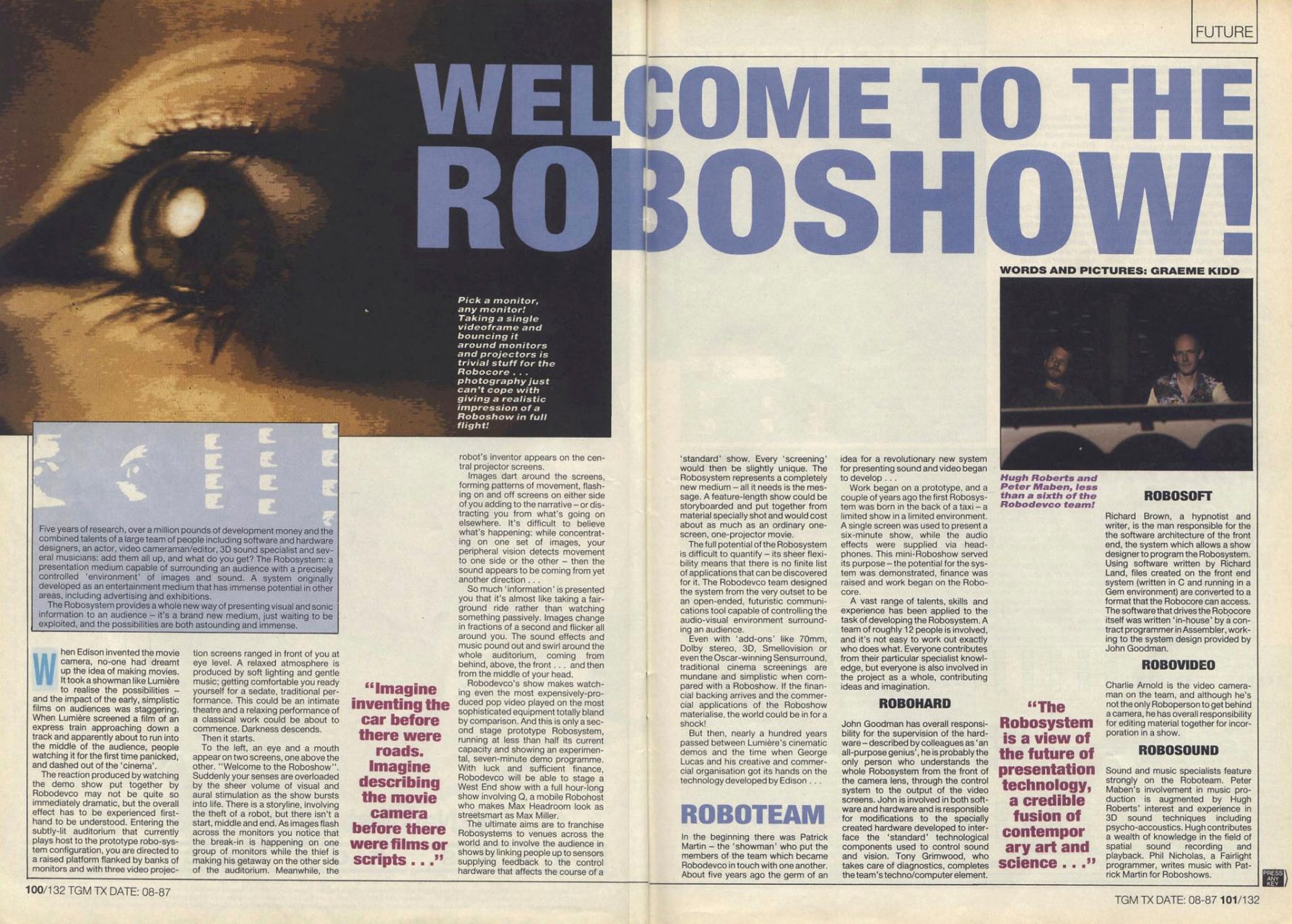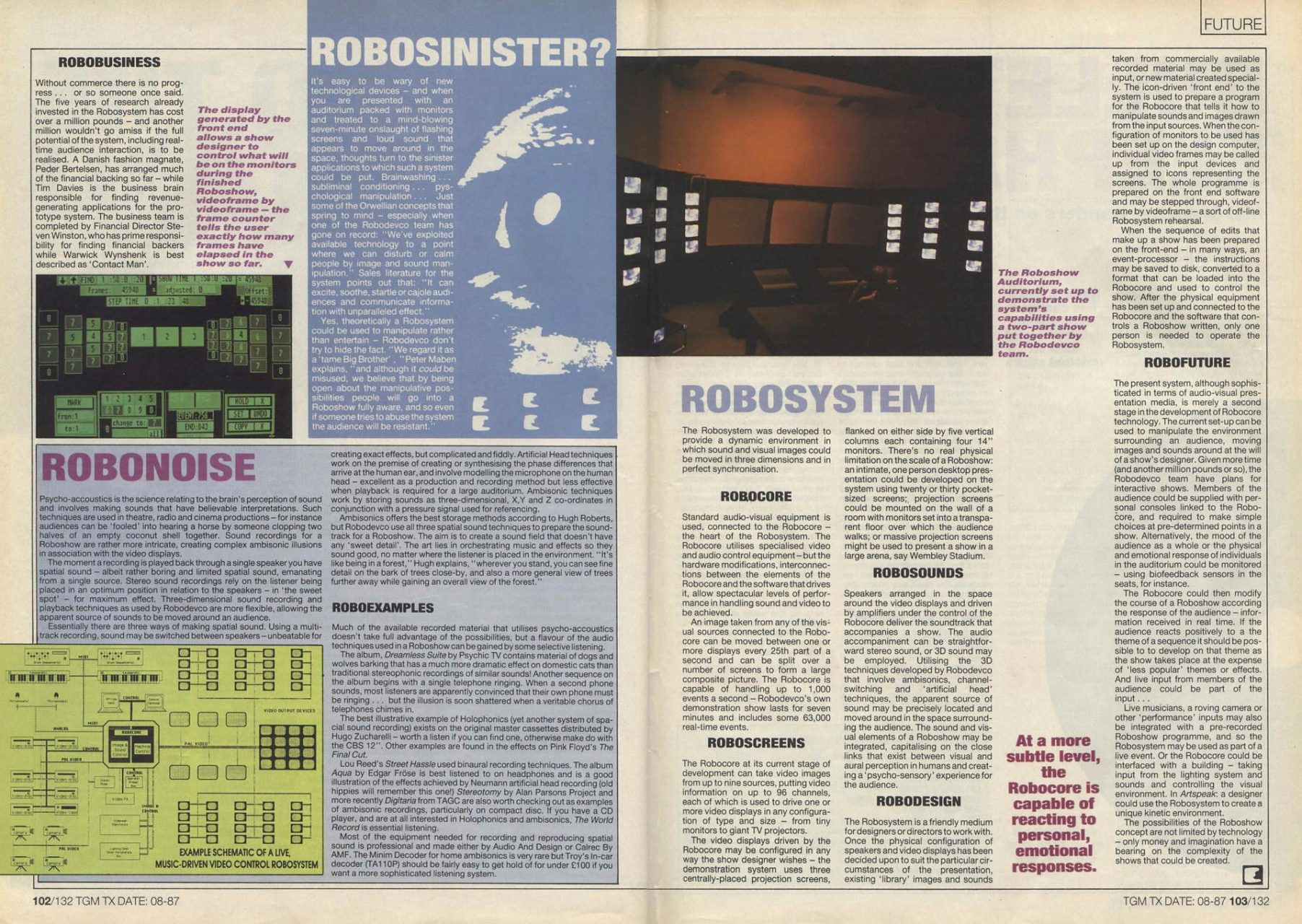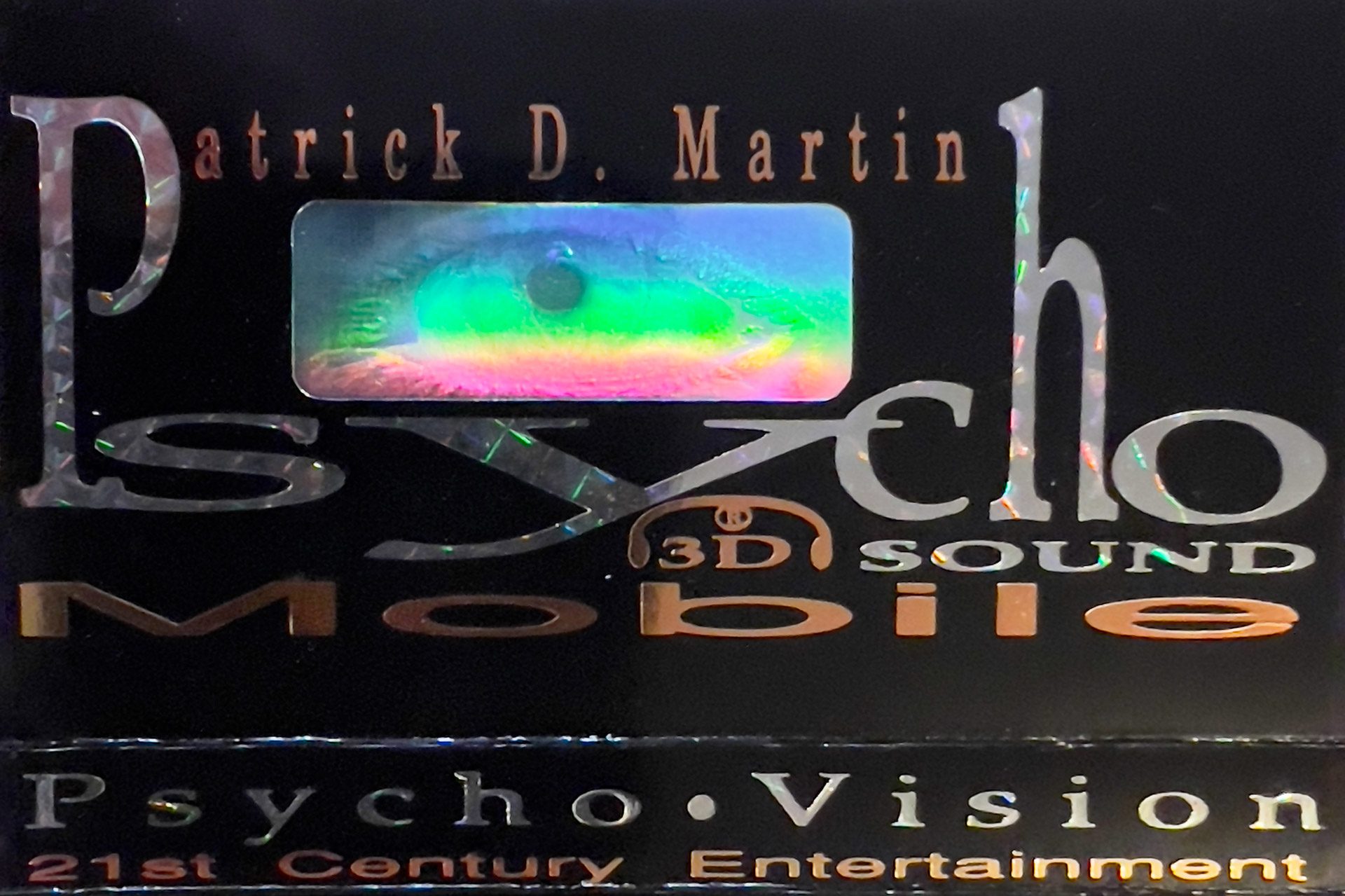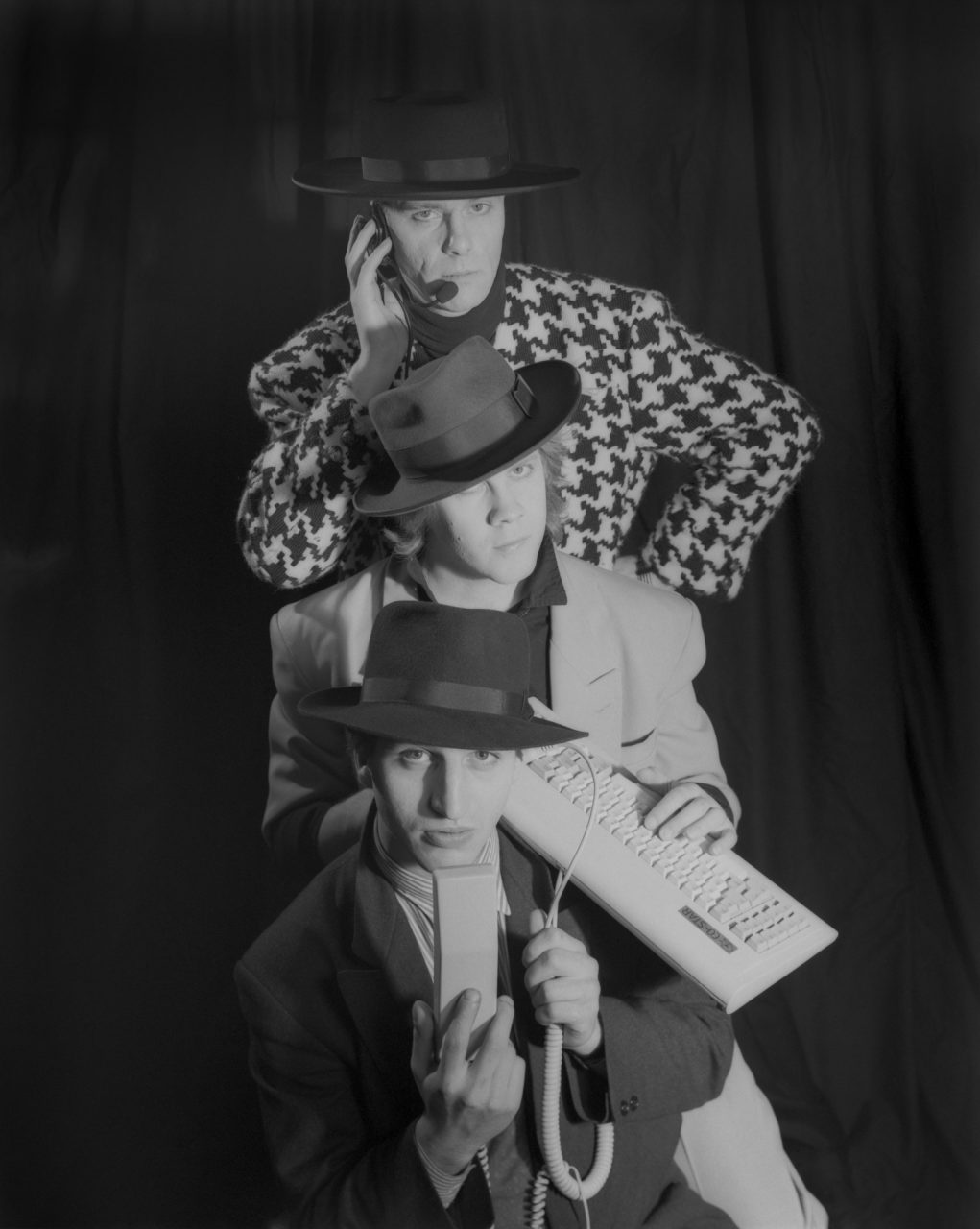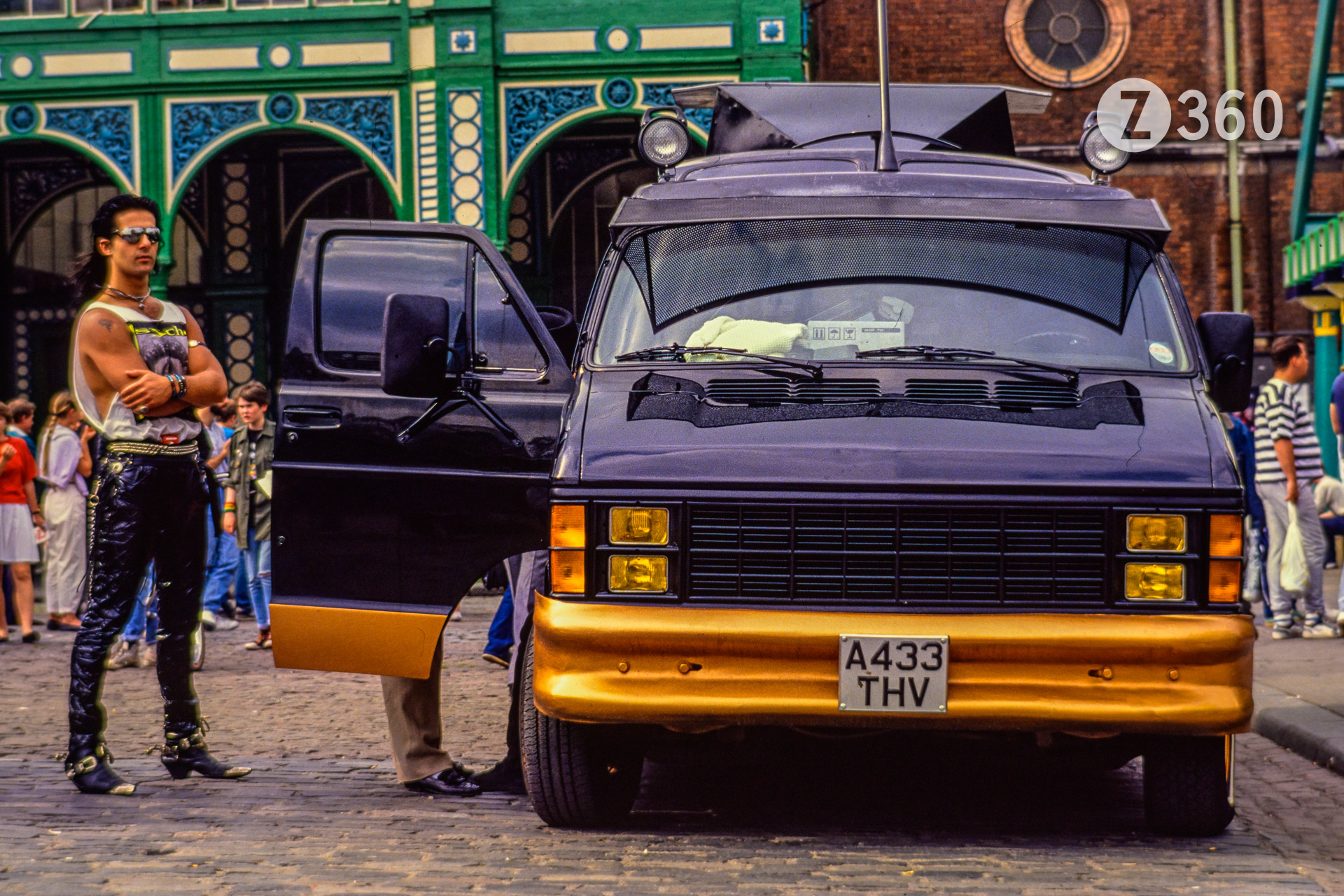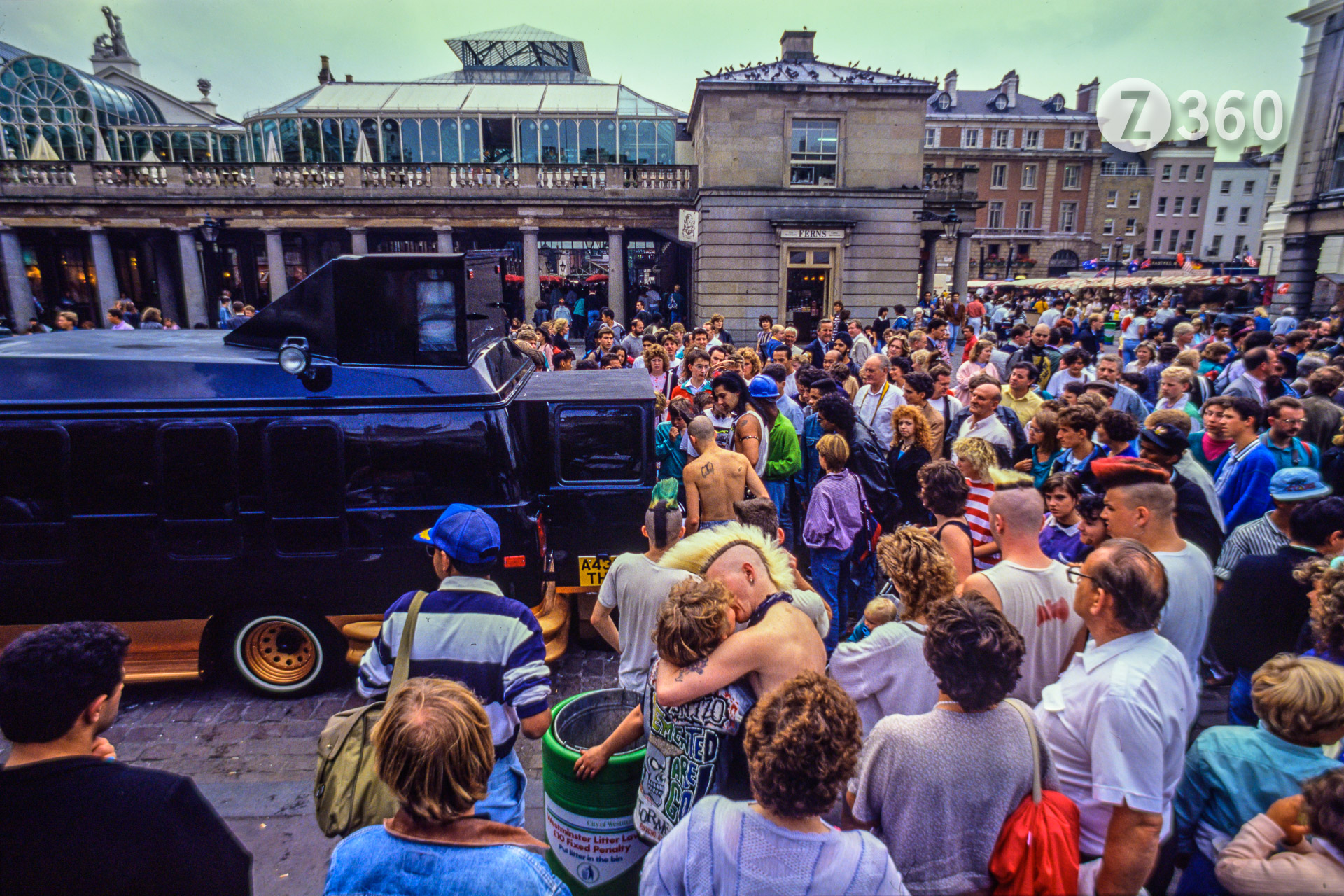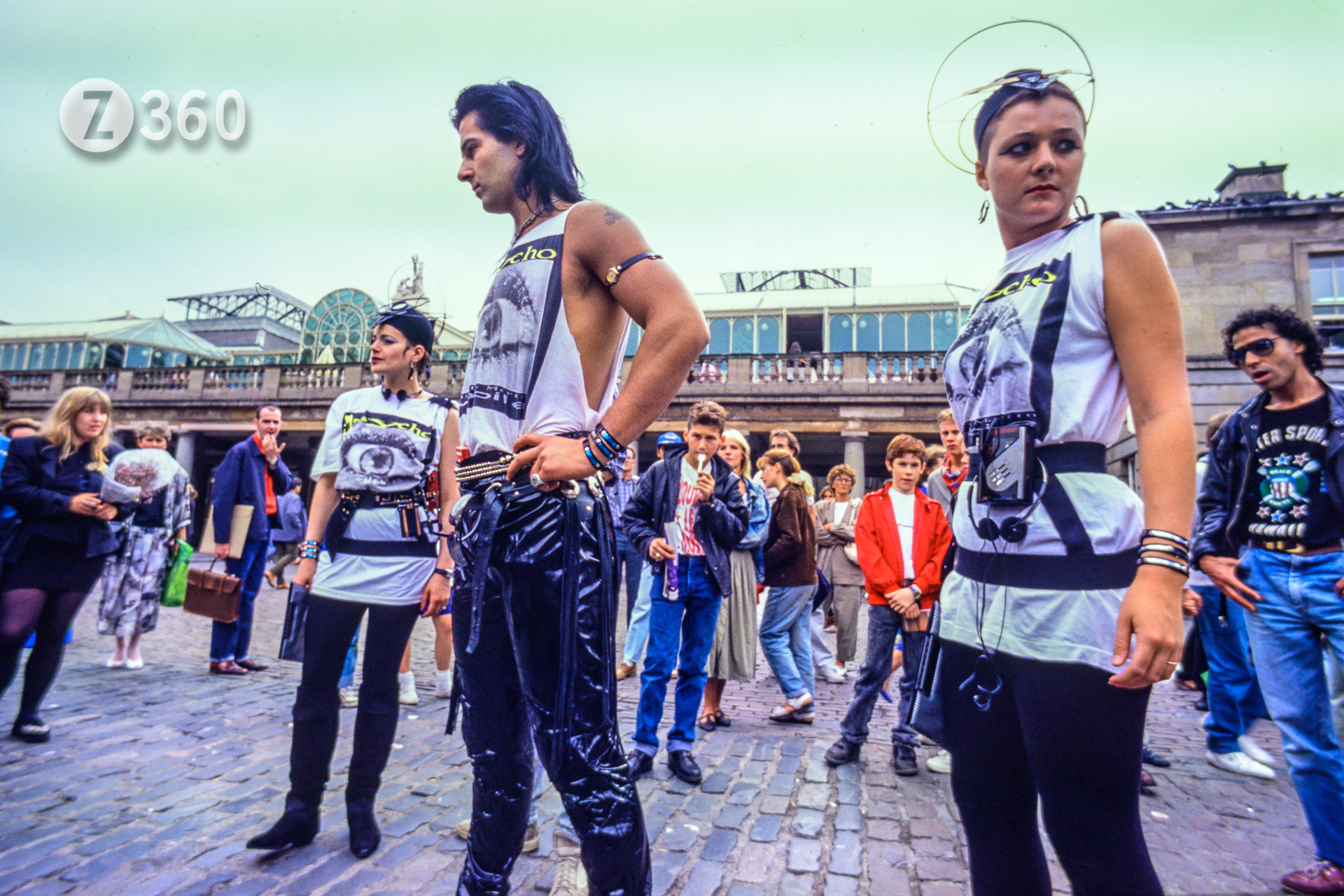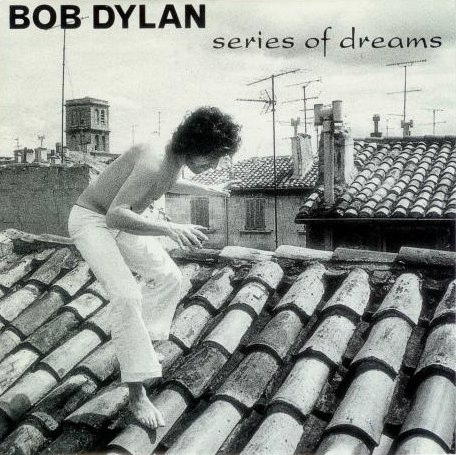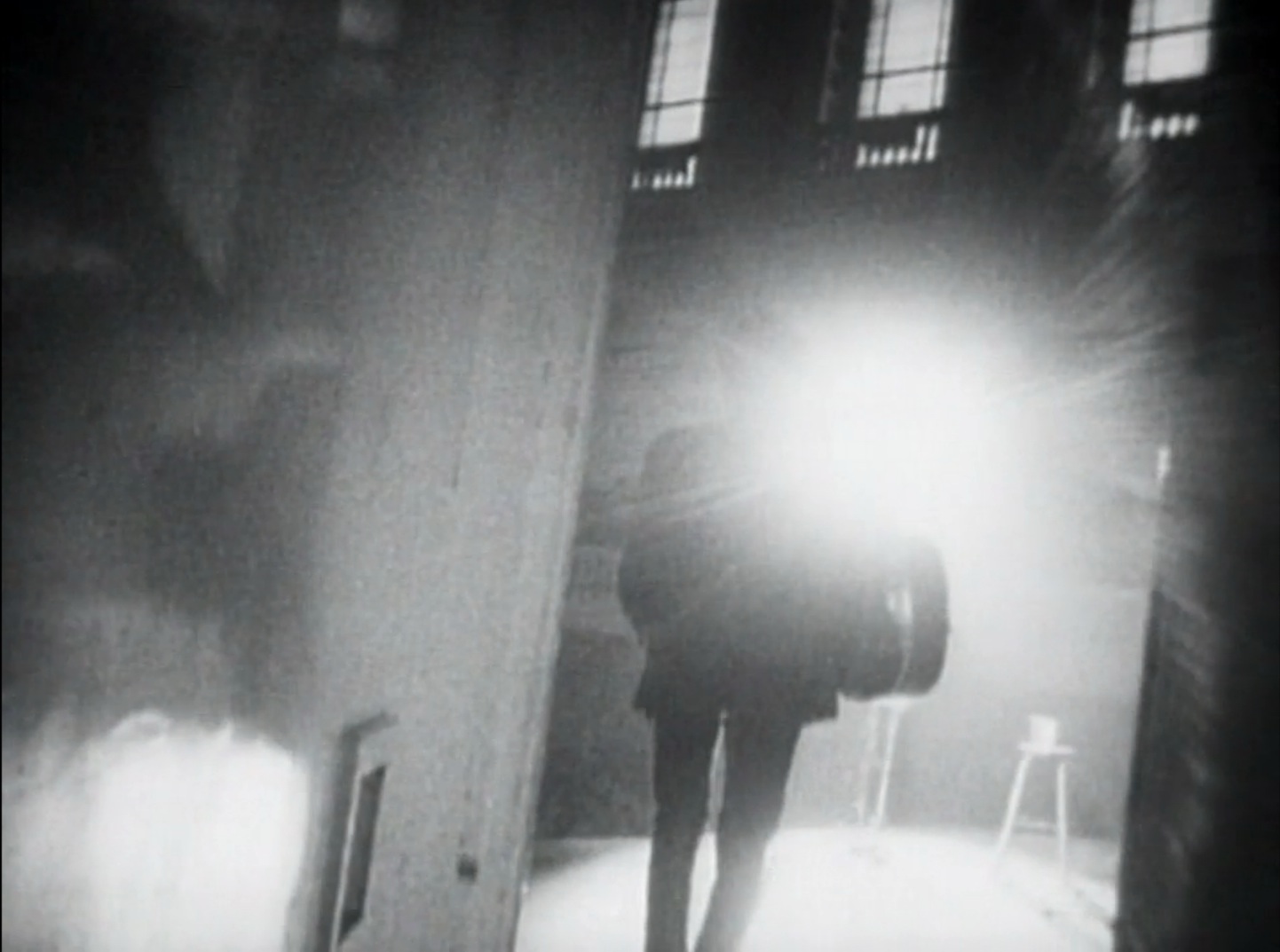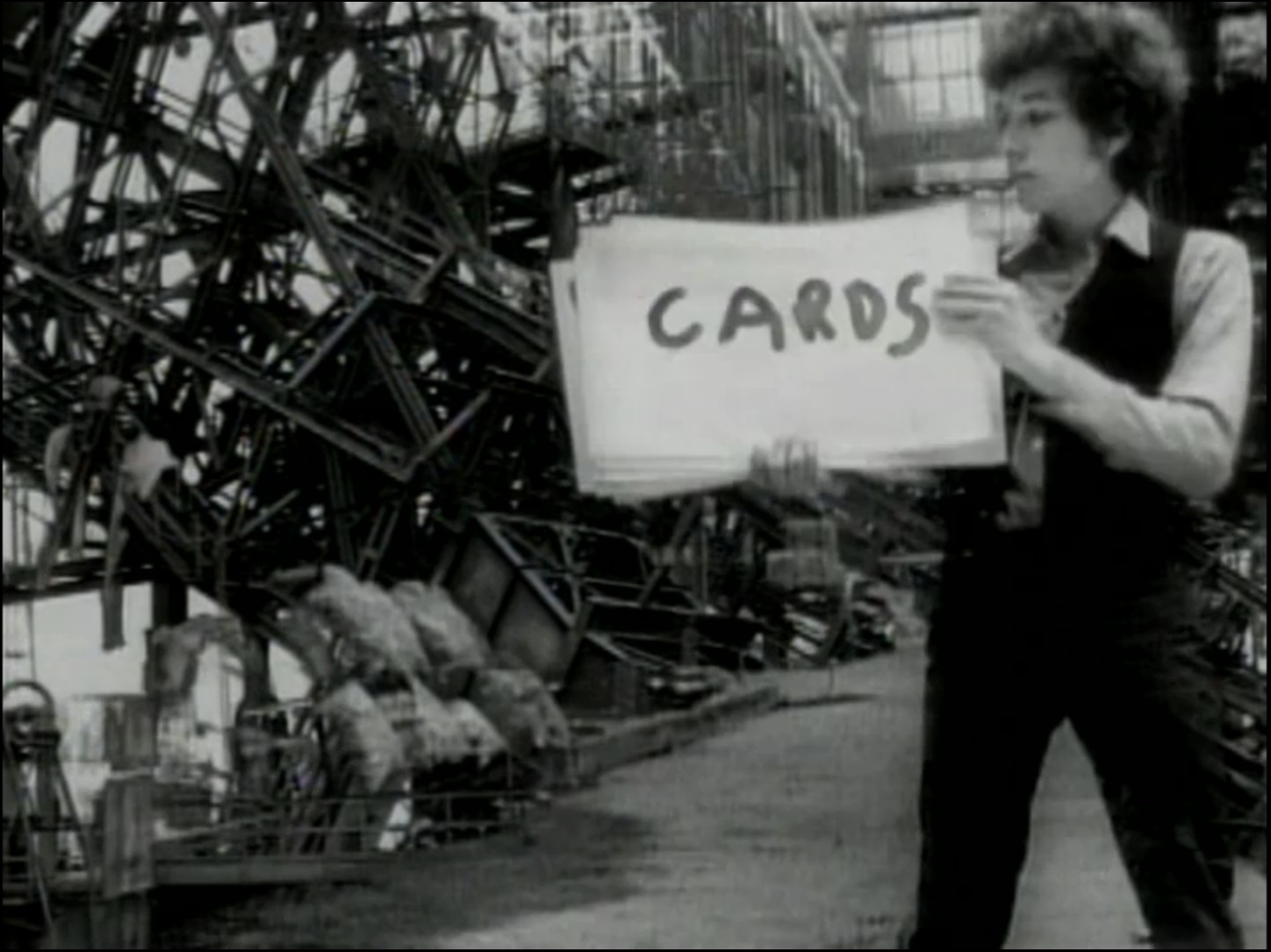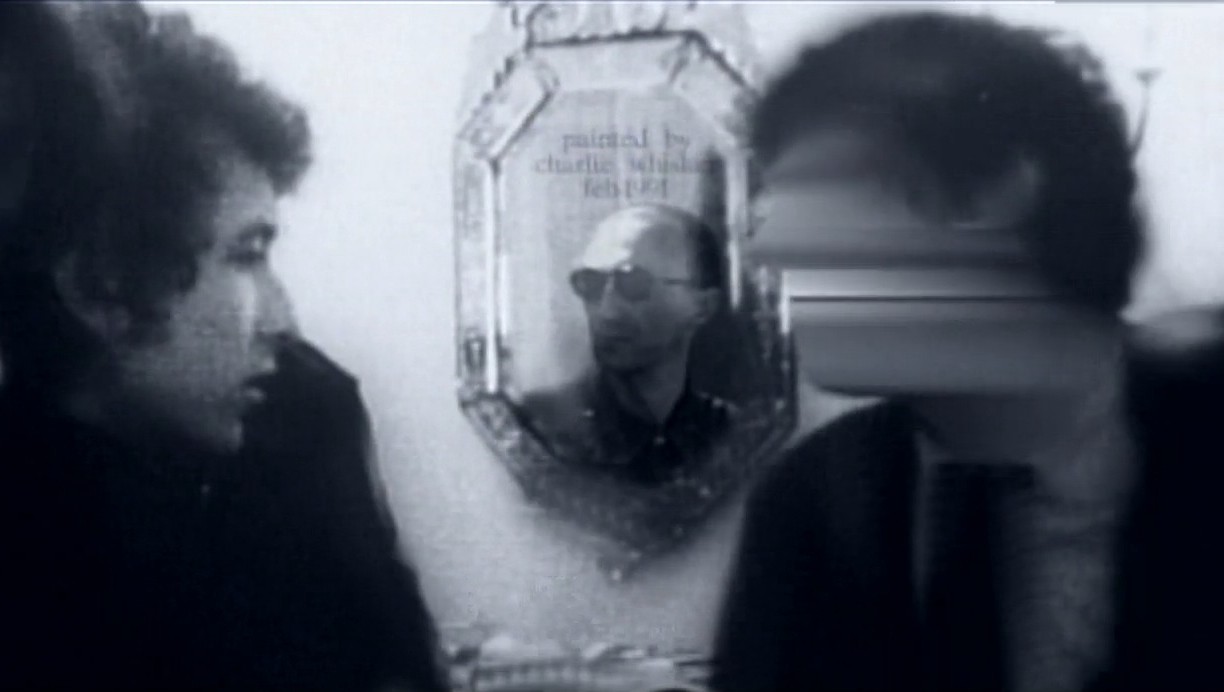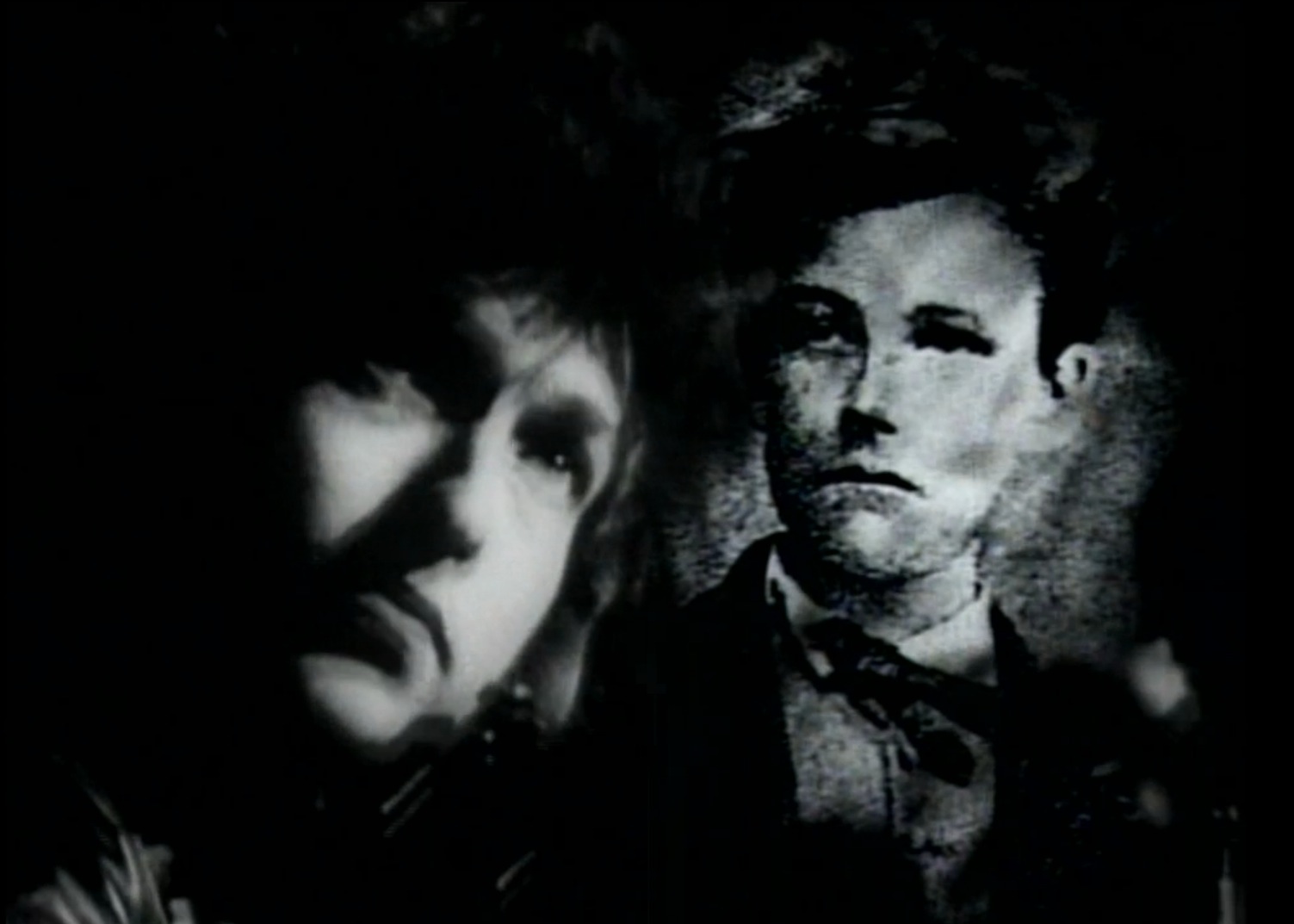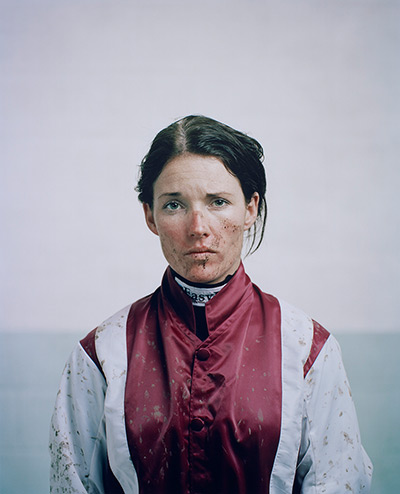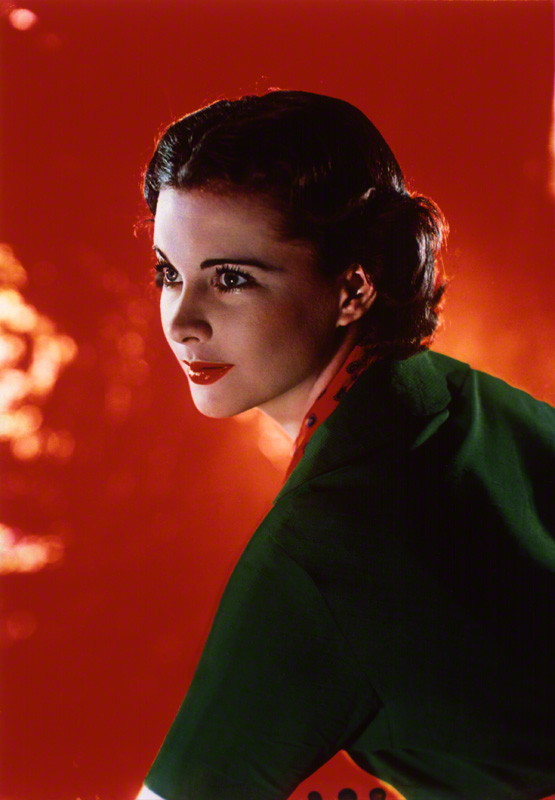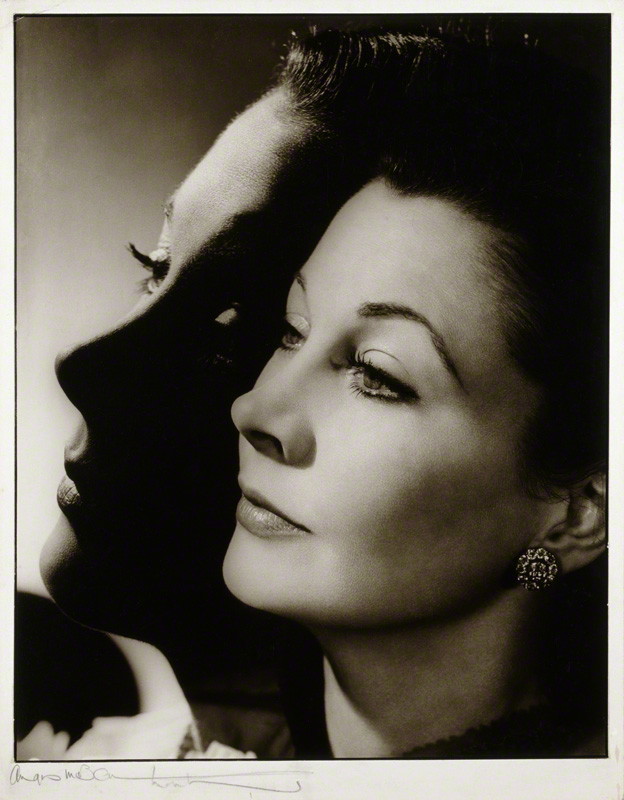When I grew up in the 60s youth culture was hard to find. Now that it is everywhere it seems strange to remember what hard work it was to find it. But that certainly did make it seem more personal and a real adventure of discovery, these things were well hidden. There was no record player in my house so, for example to hear the Beatles, the only chance was random moments sifted out of the humdrum BBC boredom. Funnily enough request shows like Family Favourites aka Forces Favourites on the BBC Light programme would play the Beatles occasionally, as did the chart show Pick of the Pops and Saturday Club. But these shows were on just once a week. There was no pop music radio station until the Pirates came along in about 1965. So it was with great excitement that I found Radio Caroline North on 257m Medium Wave, however that didn’t last long, since they were closed down by the Marine & Broadcasting (Offences) Act 1967. Radio 1 then arrived to replace the Pirates, using many of the same DJ’s, but I refused to listen for some time since I was so annoyed by the closure of Radio Caroline. It had felt like a radio station just for me and, despite the ads, was dedicated to the music . Eventually I purloined an old valve radio from my grandparents. It was large and heavy, mains powered and took several minutes to warm up. Yet it was in a cool bakelite case and had a 5 inch speaker, as shown above. On this ancient radio I discovered Radio Luxembourg on 208m, in particularly David “Kid” Jenson and his progressive music show, usually broadcast every weekday at midnight from October 1970. Here I heard The Band, Lou Reed and Neil Young for the first time and made many musical discoveries. There was a lot of staying up late, but the big radio sat right by my bed, glowing in the dark. The only comparable programme on Radio 1 was Top Gear with John Peel, broadcast just on a Saturday.
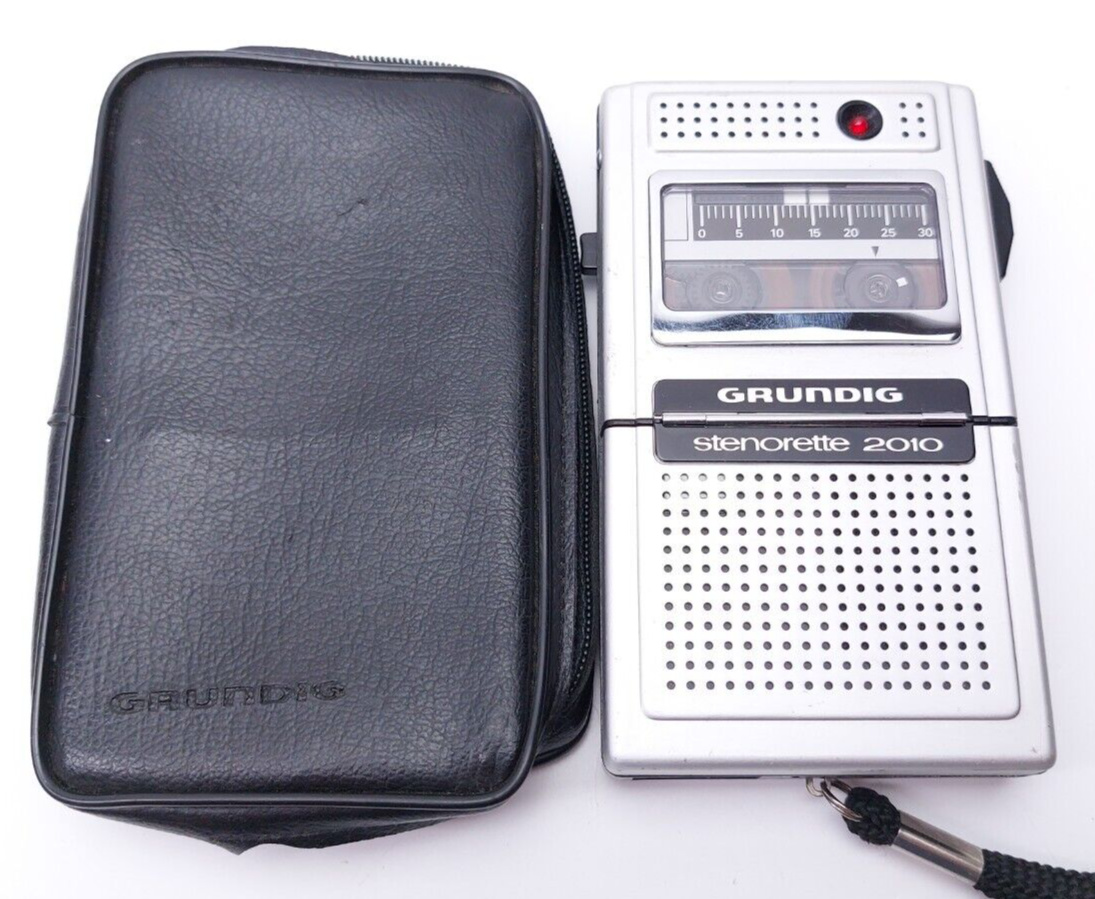
Despite not having a record player or radio for many years I did come into possession of an early Grundig dictaphone. It had been given to my father as a business gift, but since he didn’t use it I eagerly adopted it. This was a tiny (c.125cm) Mini Cassette Voice Recording Dictaphone, similar to the one illustrated. This amazing machine was really an early cassette player, too small and tinny for music, but great for the radio. I had just one tiny cassette for it (I did not realise you could buy any more!) which lasted for 30 minutes. Still I put it to good use, recording the classic BBC Radio 2 comedy I’m Sorry, I’ll Read That Again, so my cassette was exactly the right length. Having recorded the show I would listen chortling under the bedclothes at night. And of course I could replay any great joke I had either misunderstood or greatly appreciated. I wiped and then recorded the next show until the poor little tape wore out, while receiving an education in outlandish humour still with me today. The line-up of the show was John Cleese, Tim Brooke-Taylor, Graeme Garden, Jo Kendall, David Hatch with script input from Graham Chapman and Eric Idle, so as you can see it contained the roots of Monty Python, all of the Goodies and was responsible for the still running I’m Sorry I Haven’t a Clue on Radio 4.
Monty Python’s Flying Circus would go onto becoming the defining comedy show of my youth. An early introduction to this zany type of humour had been Do Not Adjust Your Set featuring the magnificent Bonzo Dog Doo-Dah Band, on ITV 1968-9, ostensibly a children’s programme. From this show Eric Idle, Terry Jones, Terry Gilliam and Michael Palin went on to join Python along with John Cleese and Graham Chapman, which started on the BBC in October 1969. At school we loved them so much we invented a fake religious assembly involving lining up, flipping the radio socket and shouting “Dinsdale” as gruffly as we could. This was performed just before the actual school assembly to put us all in a stupid mood. Dinsdale was one of the gangland Piranha brothers and a very naughty boy, haunted by an 800 yard long hedgehog called Spiny Norman. I also had the privilege of seeing Monty Python’s 1st Farewell Tour at Liverpool Royal Court Theatre in 1973 (although we knew all the jokes) and to appear as an extra in Monty Python and the Holy Grail in 1975. Only last year I sang Rockin’ Around the Christmas Tree in a choir for Michael Palin, the comedy never ends…
